By Andrea M. Page and Jackie Marshall ArnoldWe invite you to the Children's Literature Assembly’s annual event at the 2023 NCTE Convention. Enjoy breakfast with our Keynote Speaker, award-winning author Traci Sorell. The breakfast is Sunday, November 19th, from 7:00am to 8:45am EST in Short North A of the Grand Columbus Convention Center.
If you are a veteran of our CLA Breakfast, you already know what an amazing experience it is! If you have not had the opportunity yet, we invite you to join us for Sunday’s breakfast with an incredible author. Find out what you’ve been missing. The CLA Breakfast is a wonderful opportunity to meet others who are passionate about children’s literature, engage in learning from Traci Sorell, and perhaps go home as a winner of a robust set of award-winning books or an original piece of beautiful art! We hope to see you there! Andrea M. Page (Hunkpapa Lakota) is a board member of the Children’s Literature Assembly and serves as the Co-Chair for the 2023 CLA Breakfast Committee. She is a children’s author, educator and speaker. She lives in Rochester, NY. Jackie Marshall Arnold is a member of the Children’s Literature Assembly and serves as the Co-Chair for the 2023 CLA Breakfast Committee. She is an associate professor at the University of Dayton in Dayton, OH. By Liz Thackeray Nelson & Lauren Aimonette LiangRight around this time last year, the blog featured two posts from CLA officer Dr. Wendy Stephens who deftly described the exciting annual YMA awards for children and adolescents. Wendy’s posts offer a rich introduction to understanding the focus of each of these prestigious awards, as well as a few other children’s book awards from other organizations, and some of the general selection criteria. In our undergraduate children’s literature course we introduce these important awards to begin discussions around evaluation of children’s books. We consider how the criteria might point to ways of evaluating excellence in children’s and young adult literature, and consider the connection of this evaluation to selection of books for use in classrooms, libraries, and other settings. We also use these award discussions as a way to heighten awareness of the business and marketing side to children’s literature, particularly considering how awards can influence sales, authors’ and illustrators’ careers, publishing trends, and ultimately access to books. Below we briefly describe a reading-reflection sequence and activity that we have found helpful in building undergraduate students’ understanding of the impact of an award. Reading-Reflection Sequence 1: Read about older children’s book award debates. We have found that our undergraduate students, in general, have had very little exposure to children’s book awards prior to this class. Many recognize either the Newbery or Caldecott as being a book award for children, but few are aware there are other awards beyond this. Thus our first step is to introduce students to the idea that there exists many more awards beyond those two. To begin priming students’ thinking about the full range of awards, and their impact, we start by having them read Marc Aronson’s (2001) article, “Slippery Slopes and Proliferating Prizes,” published in The Horn Book Magazine. In addition to reading Aronson’s article, students read the letters to the editor published in the next Horn Book issue that respond to Aronson’s piece as well as Andrea Davis Pinkney’s response article, “Awards that Stand on Solid Ground.” After students read, we pose Aronson’s position to students: There are too many awards. Students then compose a brief response as to whether or not they agree with the statement and their reasoning. At this point in the discussion, students are often about 50/50 in where they fall on the issue. Reading-Reflection Sequence 2: Read about the lack of diversity in awards. To extend Andrea Davis Pinkney’s response article, we then ask students to read two additional articles that begin to address the lack of diversity in books that win the Newbery and Caldecott Medals: Roger Sutton’s (2016) “Last Stop, First Steps” and Megan Dowd Lambert’s (2015) “#WeGotDiverseAwardBooks: Reflections on Awards and Allies.” We deliberately use these short editorial pieces, both written near the beginning of the #WeNeedDiverseBooks (2014) movement, as they continue students’ understanding of not only these awards, but also focus on the historical lack of diversity in United States’ children’s literature and more recent focus on this problem. Dowd Lambert’s piece mentions the hashtag specifically, which encourages students to visit the WNDB page, where they can learn more. Sutton’s editorial reinforces this with reference to a 1996 discussion, and presentation of numbers of nonwhite authors. It also brings up issues related to book genre and format After reading these two short pieces, students are again asked to consider the statement: There are too many awards, and then compose a brief response as to whether or not they agree with the statement at this point, and their new reasoning for why they continue in their same opinion, or have now changed their answer. At this point in the activity, with students now having learned a little about the lack of diversity in award winners, we often find that those students who initially thought there were too many awards begin to shift their opinions. And those who disagreed with Aronson from the beginning often feel more justified in their stance that there are not too many awards. Reading-Reflection Sequence 3: Read about the impact of awards on authors. Next, we continue to further students’ understanding by having them learn about the author’s experiences in receiving an award. We seek out the newest reactions; for example, this year, we shared short articles from Publisher’s Weekly about Donna Barba Higuar, Jason Chin, and Andrea Bouley’s experiences when they found out they had won their respective awards. In connection with these readings, we typically ask students to read the short piece “Recognizing Rising Stars” (Aimonette Liang, Reading Today, 2015) that discusses the history and impact of the ILA Children’s and Young Adult Book awards that are designed to honor new authors with extraordinary promise. Quotes from multiple winners highlight the way an award can change the trajectory of an author’s career. After students consider these additional perspectives, we again ask them to consider the statement: There are too many awards. Once again, they present their opinion and reasoning. We then ask students to explain how their ideas around awards have changed over the course of the set of readings. Final Activity: Tracking Amazon rankings of award books. For our final activity to develop students’ understanding of the impact of children’s and young adult book awards, we have students track Amazon book rankings of winning books in the days after the YMA awards have been announced (see our class-compiled results for 2022 below). Students are assigned to an award and asked to find the winning book and honor books on Amazon as soon after the award announcements as possible. They record the sales rank. Students then check 24 hours later on the books’ sales ranks on Amazon. Students are typically shocked at how within hours of the award announcements books are sold out and have substantially higher rankings than they did before; for example, “When I looked earlier today [it] was #2277 and when I looked just now [it] is now #1 in children’s graphic novels. I can’t believe it was that low on the list earlier today and is now sitting at #1!” This experience helps students understand the impact of awards on the sales of books, and they begin to recognize further how this can affect the sales of future books by the author, and even the publisher in general. (We often add an additional quick check on changes in the sales of the author’s and illustrator’s previous books, or on the sales of that particular genre or format, etc.) Combined with the earlier reflections on readings, the students often begin to bring up concerns about how the award book might affect future children’s book sales, and thus access to both that particular book and others like it. In their final reflections on awards written after this last activity, nearly all, if not 100%, of the students in the class believe that there is value in having a wide array of awards that can honor diverse authors, illustrators, and books. Some students even go as far to state that there aren’t enough awards!
References: Aronson, M. (2001). Slippery slopes and proliferating prizes. The Horn Book Magazine, 77(3), 271-278. Garza de Cortes, O., Bern, A., Watson, J.S., Bishop, R.S., Edwards, C., Blubaugh, P., Caldwell, N., Holton, L., Hamilton, V., Taylor, D., Smith, H., Danielson-Francios, S., Rudd, D., Pinsent, P., Bush, M., & Hurwitz, J., (2001). Letters to the editor. The Horn Book Magazine, 77(5), 500-508. Lambert, M.D. (2015). #WeGotDiverseeAwardBooks: Reflections on awards and allies. The Horn Book Magazine, 91(4), 101-104. Liang, L.A. (2015). Recognizing rising stars. Reading Today, 32(6), 34-35. Lodge, S. (2022, Jan. 25). Donna Barba Higuera’s Newbery win: A dual celebration. Publishers Weekly. Maughan, S. (2022, Jan. 25). Angeline Boulley’s Printz win: Tears, champagne, and…lawyers? Publishers Weekly. op de Beck, N. (2022, Jan. 25). Jason Chin’s Caldecott win: ‘Kind of a surreal experience.’ Publishers Weekly. Pinkney, A.D. (2001). Awards that stand on solid ground. The Horn Book Magazine, 77(5), 535-539. Sutton, R. (2016). Last stop, first steps. The Horn Book Magazine, 92(4), 11-12. Liz Thackeray Nelson is a doctoral candidate in Reading and Literacy at the University of Utah. She is chair of the CLA Membership Committee and co-editor of the CLA Blog. Lauren Aimonette Liang is Associate Professor at the Department of Educational Psychology of the University of Utah. She is Past President of CLA and co-editor of the CLA Blog. By S. Adam Crawley, Craig A. Young, and Lisa Patrick on behalf of the CLA Master Class Committee
Starting in 1994, the Children's Literature Assembly (CLA) has sponsored a Master Class at the annual NCTE Convention. This session provides K-12 teachers and teacher educators, as well as other members of the organization, the opportunity to gain insight about the use of diverse children's literature through interactions with leading scholars, authors, and illustrators in the field.
The 28th annual Master Class is titled “Reading Queerness at the Intersections: Using LGBTQ-Inclusive Literature to Move Toward Equity, Justice, and Antiracist Teaching.” This year’s session will take place on Saturday, November 20th from 5:15-6:30 p.m. (Eastern) in the virtual platform of NCTE’s annual meeting (1). The 2021 Master Class will include a presentation, panel, and discussion with the following esteemed teacher-educators, authors, and illustrators of children’s literature: 2021 CLA Master Class Contributors
Dr. Laura Jiménez will be the discussant for the 2021 Master Class. Jiménez is a Lecturer of children’s and YA literature courses and Associate Dean for Equity, Diversity, and Inclusion in the Wheelock College of Education and Human Development at Boston University. In addition to her scholarship in The Reading Teacher, Journal of Literacy Research, Journal of Lesbian Studies, and Teaching and Teacher Education among other outlets, Jiménez is a founding advisory board member of the open-access journal Research on Diversity in Youth Literature and the author of the blog “Booktoss” in which she writes critical response to children’s and young adult literature. This year, Jiménez was awarded the Divergent Award for Excellence in Literacy Advocacy given by the Initiative for Literacy in a Digital Age.
The 2021 Master Class
The 2021 Master Class will focus on how children's literature can provide vital depictions of – and be used to facilitate important conversations about - intersectionality (Crenshaw, 1991), specifically where race, ethnicity, sexual orientation, and/or gender expression and identity meet and further marginalize. In this session, we bring together scholars, authors, and illustrators of books for young readers whose knowledge, experiences, and published works provide avenues for considering literature’s nuanced portrayal of individuals’ myriad identities. Moreover, both in viewing the presentation and participating in the synchronous dialogue, attendees will have the opportunity to engage in and reflect on conversations that allow them to create paths toward equity, justice, and antiracist teaching in their professional lives.
Participating in the 2021 Master Class will help attendees gauge their knowledge of and comfort with using LGBTQ-inclusive literature in classrooms. Additionally, attendees will learn about the affordances of children's literature that presents stories showing the intersections of diverse identities, especially the voices of individuals whose race, ethnicity, sexual orientation, and/or gender identity or expression has been – and continues to be – used to censor or erase them. The Master Class speakers and co-chairs hope attendees leave the session with a reaffirmed and deeper understanding 1) of the need for inclusive representations of marginalized communities and 2) that any move toward equity, justice, and antiracist teaching requires being more inclusive of - and attentive to - intersectional identities.
References:
Crenshaw, K. (1991). Mapping the margins: Intersectionality, identity politics, and violence against women of color. Stanford Law Review, 43(6), 1241-1299.
(1) The 2021 Master Class is designated by NCTE to be a “pre-recorded/scheduled” format. The recording will be shown in the conference platform at the scheduled time. Following the recording, there will be opportunities for live discussion between presenters and attendees.
S. Adam Crawley (he/him) is an Assistant Professor of Language and Literacy Studies at The University of Texas at Austin. His current roles with CLA include serving as a Board Member (2021-2023) and Master Class Co-Chair (2020-2022). In addition, he is the secretary of NCTE’s Genders and Sexualities Equalities Alliance (GSEA).
Craig A. Young (he/him) is a Professor of Teaching & Learning at Bloomsburg University of PA. He is currently serving on the CLA Diversity, Equity, and Inclusivity Committee, as well as co-chairing the 2021 CLA Master Class. Lisa Patrick (she/her) is the Marie Clay Endowed Chair in Reading Recovery and Early Literacy at The Ohio State University. She is a CLA Board Member and Master Class Co-Chair.
FOR CLA MEMBERS
CLA Board of Directors Elections
By Emmaline Ellis, Alex Lampp Berglund, and Meghan Valerio, on behalf of the CLA Student Committee
All of us (Emmaline, Alex, and Meghan) are members of the Children’s Literature Assembly Student Committee, and we each bring a variety of experiences as classroom teachers, reading specialists, and teacher educators. In our different contexts, we have witnessed the ways literacy curriculum and praxis have privileged certain voices, while both intentionally and unintentionally silencing and, at times, even harming others. These experiences, coupled with continued historically heated debates on racism, gender equality, immigrant acceptance, (dis)ability rights, and LGBTQ+ activism, led us to plan our second annual CLA Student Committee webinar, entitled “Inclusivity in Curriculum and Pedagogy.” The goal of this webinar was to provide a space for literacy scholars to share their inclusive research and pedagogy and for participants to unpack their own experiences with inclusivity in educational spaces. In this post, we highlight many of the resources and pedagogical practices shared by the panelists, Dr. Desireé Cueto, Dr. Sara Sterner, Dr. Megan Van Deventer, and Dr. Kelly Wissman, that we hope you can implement in your own teaching. CLA Members can access a video recording of the webinar within the members-only portion of the CLA website.
Resources for Fostering InclusivityInspired by the transformative work of the presenters, we have compiled a list of resources that were shared by the panelists that have helped us form our own understandings of inclusivity and foster community in our own inclusive educational spaces in a variety of ways. These resources include educational course texts, children’s and young adult literature titles, authors, podcasts, and online tools and sites. RESOURCE FOLDER
Course texts
ELEMENTARY/CHILDREN'S LITERATURE
middle school/young adult literature
Authors
online resources
Emmaline Ellis is a PhD Student in the Literacy and Learners program at Temple University. She is a member of CLA’s Student Committee. Alex Lampp Berglund is a PhD Candidate in the Department of Language and Literacy Education at the University of Georgia. She is chair of CLA’s Student Committee. Meghan Valerio is a PhD Candidate in Curriculum and Instruction with a Literacy Emphasis at Kent State University. Meghan’s research interests include investigating literacy from a critical literacy perspective, centering students and curricula to understand reading as a transactional process, and exploring pre- and in-service teacher perspectives in order to enhance literacy instructional practices and experiences. She is a CLA Student Committee member. BY EUN YOUNG YEOM
Using YAL to include emergent bilinguals’ voices
Reading young adult literature (YAL) can be very beneficial for secondary-level students and can operate as a powerful context for discussing complex social issues relevant to students’ lives and current society. Reading and discussing YAL can expand students’ horizons and their conceptions of themselves. The benefits of reading and discussing YAL could also be applied to English learning emergent bilingual adolescents. Recent studies show that leveraging emergent bilinguals’ heritage languages as a scaffold can support English development. However, few educators and researchers discuss how secondary-level emergent bilinguals make sense of the world through reading and discussing YAL written in English, how responding to YAL can be a medium to amplify their voices, and how their heritage languages could be a steppingstone for them to immerse themselves into YAL texts. In many U.S. classrooms that are often dominated by standard English, emergent bilingual adolescents’ perspectives toward YAL and their conceptions of the world can easily be dismissed. One core reason could be that emergent bilinguals’ written and oral utterances, often expressed through developing English mixed with their heritage languages, might look different from standard English expression. However, emergent bilinguals make sense of the world through intermingling their heritage languages and English, a process called translanguaging. Using heritage languages can serve as a bridge for emergent bilinguals to make meaning of YAL texts written in English because translanguaging is a natural way in which bilinguals engage with the world. Through this lens, emergent bilinguals are seen as capable meaning makers with diverse cultural and linguistic repertoires, not as English learners with limited English proficiency who cannot form proper English sentences. Classroom language policy matters Taking advantage of their heritage languages for discussing YAL can open doors for emergent bilingual students to express their opinions easily, and to access their lived experiences and cultural values in relation to the YAL texts they are reading and discussing. For secondary ELA classrooms where many YAL texts are incorporated, allowing emergent bilingual students use of their heritage languages could be a first step toward including more of their voices in discussions. For written responses, opening translanguaging spaces for intermixing heritage languages and English could be another way to honor bilingual students' cultural and linguistic resources and expand their expression options. Ultimately, teachers’ efforts to create a more linguistically inclusive classroom environment can support emergent bilingual students’ active involvement in YAL reading and discussions and can enrich the breadth of ideas and interpretations made available to the classroom community. Teachers’ modeling of blending two languages to make meaning could also reap benefits.
Integrating culturally relevant YAL also matters
In addition to efforts toward linguistic inclusiveness through translanguaging practices, incorporating culturally relevant YAL is equally important. If emergent bilingual students have to sit in a classroom reading a novel written in a second language they have started learning, text analysis will take tremendous energy. If they also have to discuss the novel in the foreign language, they may not be able to fully express their thoughts and feelings, even when formulating insightful ideas in their heads. To make matters worse, if the novel is irrelevant to their lives and cultures, the hardship comes in a combo plate. Incorporating YAL texts that are relevant to emergent bilinguals’ lives is one of the choices teachers can make for emergent bilinguals to feel more included by seeing themselves in the stories they are reading. Emergent bilingual adolescents, who may feel marginalized due to languages, race, and their status as immigrants or refugees, need school to be a space where they feel valued and validated. They are an important part of the colorful fabric of U.S. classrooms, which have increasingly become linguistically diverse. By respecting emergent bilingual adolescents’ bilingual repertoires and honoring their cultural identities through culturally relevant YAL, ELA classrooms can become a welcoming, empowering space for emergent bilingual adolescents to express their feelings, thoughts, and perspectives. RESOURCES
Translanguaging Guides | CUNY-NYSIEB Recommended sites for finding culturally relevant YAL for emergent bilingual adolescents Immigration and refugee experiences:
Asian immigrant experiences:
Latinx immigrant experiences African immigrant experiences: YAL about immigrants from the Middle East or Middle Eastern characters:
Eun Young Yeom was an in-service middle/high school English teacher in South Korea for 12 years, and is a doctoral student in the Department of Language and Literacy Education at the University of Georgia. Her research revolves around transnational emergent bilinguals’ language practices and their responses to young adult literature.
BY DONNA SABIS-BURNS
We are obligated to educate our youth with a clear lens and to teach the richness of realistic, authentic, and contemporary literature for children and young adults. We need to promote books where Indigenous characters are up front and visible, not hidden or pushed aside. We want to highlight in a bold, distinguishable manner characters and stories that unveil and promote the beauty of diverse literature written/illustrated by and for Native Nations (also called Indigenous people and used interchangeably here when the specific Nation is not known), and all other marginalized groups.
The movements of #OwnVoices and #WeNeedDiverseBooks have elevated the bar by offering a deeper focus and expanded landscape for celebrating the intricacies that Native storytelling brings to the table. Much too often, books featuring Indigenous people are only pulled off the shelf in October (Columbus) and November (Thanksgiving/Native Heritage Month). Well, it is March/April and I am pleased to share with you some resources you may want to check out and bookmark this spring to break that cycle. This blog post features a few rich and informative web pages, the American Indian Literature Awards (AILA), a shout out to an award-winning #OwnVoices book, and other informative and fun resources that highlight the resilience, authenticity, and beauty in literature through a kaleidoscope of traditions representative of the vast diversity across Indian Country. Native Cultural LinksHeartdrum
What is impressive about this site is its refreshing approach to much-needed stories about Indigenous, contemporary young heroes and heroines. These heartfelt accounts are reflective of the many different Nations of a modern United States and Canada. This is a breath of fresh air because it does not perpetuate the notion that Indigenous peoples are not around anymore. Do not get me wrong, there is a definite need for authentic, truthful history stories of Native Nations, but it is truly wonderful to be able to share a good story about real time people in real time situations in a modern setting. This is a new resource that is just getting off the ground and it already has some exquisite stories to share with you.
Oyate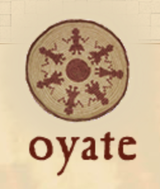
Oyate.org is a small but mighty Indigenous organization working to share the life and histories of Indigenous people with the utmost level of honesty and integrity. This is a resource that serves as a portal into the past and is reflective of today’s society where diverse, #ownvoices books are most necessary. Oyate, appropriately named after the Dakota word for “people,” believes that the world is a healthier place when there is a better understanding and respect for one another and when history is truthfully acknowledged. They aim to distribute literature and learning materials by Indigenous authors and illustrators, provide critical evaluation of books and curricula with Indigenous themes, and offer workshops “Teaching Respect for Native Peoples.” They also have a small resource center and reference library that can be very useful for any educator or parent (or youth for that matter). Since the pandemic, the store portion of the site is temporarily not working at full capacity, but there are many other fine choices for you to peruse and enjoy.
American Indians in Children’s Literature 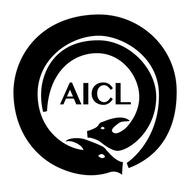
We cannot mention websites about literature featuring Indigenous people without showcasing the American Indians in Literature (AICL) website. Established by Dr. Debbie Reese of Nambé Pueblo, and later joined by Dr. Jean Mendoza as co-editor, the AICL website provides a critical analysis of the presence of Indigenous peoples in children's and young adult books and so much more. This website is like walking into a bakery with so many wonderful choices it is hard to decide what to try first. It has been around for 15 years and is most certainly more than just a place to find a list of best books. You can discover Indigenous authors and illustrators in the Photo Gallery section, or maybe you’d rather learn tips for creating instructional materials featuring different Native nations. You can even research what books you should NOT be sharing out there. It is really a gem of a resource.
Book Award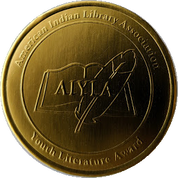
AILA Youth Literature Award
Did you know there is an award specifically for literature featuring Indigenous people? Since 2006, the American Indian Library Association (AILA) biennially considers the finest writing and illustrations by Indigenous peoples of North America for the AILA Youth Literature Award. AILA identifies and honors works that “present Indigenous North American peoples in the fullness of their humanity.” Winners and Honor Books are selected in the categories: Best Picture Book, Best Middle Grade Book, and Best Young Adult Book. If you ever need a resource for choosing quality literature, make sure you visit the American Indian Youth Literature Award web page. For those not familiar with this organization, AILA is an affiliate of the American Library Association and it is devoted to disseminating information about Indigenous cultures and languages to the library community and beyond. Check out the video for the 2020 Award winners. Did you know?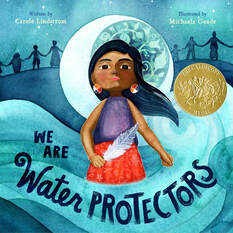
Caldecott Winner
Congratulations to illustrator Michaela Goade (Tlingit) for her 2021 Caldecott Award winning book, We are Water Protectors (2020), authored by Carole Lindstrom (Turtle Mountain Band of Ojibwe). Goade is the very first Indigenous winner of this prestigious award. With Earth Day around the corner, this would be a fabulous book to share. There is even a We are Water Protectors Activity Kit!
Read Native 2021 Reading Challenge
The “American Indian Library Association invites you to participate in the inaugural reading challenge. With this challenge we support and recognize our Indigenous authors, scientists, legislators, storytellers, and creators throughout the year, not just during the national Native American Heritage month.” Here is a fun reading challenge to engage readers of all ages. Final Words
Throughout the year, find and read books and publications by and about Native Americans; visit tribal websites; search peer reviewed scholarly journals; visit Native-owned bookstores; and check with Native librarians for the best sources for learning more about Native Nations and Indigenous people around the world.
Donna Sabis-Burns, Ph.D., an enrolled citizen of the Upper Mohawk-Turtle Clan, is a Group Leader in the Office of Indian Education at the U.S. Department of Education* in Washington, D.C. She is a Board Member (2020-2022) with the Children's Literature Assembly, Co-Chair of the 2021 CLA Breakfast meeting (NCTE), and Co-Chair of the Diversity, Equity and Inclusivity Committee at CLA.
*The views expressed herein do not necessarily represent the positions or policies of the U.S. Department of Education. No official endorsement by the U.S. Department of Education of any product, commodity, service, or enterprise mentioned herein is intended or should be inferred.
BY WENDY STEPHENS In addition to the ALSC awards described in the previous post, the Young Adult Library Association (YALSA) also designates award-winning and honor books for adolescent literature. Among the best-known awards for adolescent literature is the Michael L. Printz Award for Excellence in Young Adult Literature, administered by YALSA. However, there are many other opportunities to learn about exceptional literature for teens. The life and legacy of Margaret A. Edwards are honored through two award designations:
A shortlist of finalists for two of YALSA's flagship awards -- the YALSA Excellence in Nonfiction for Young Adults Award, honoring the best nonfiction books for teens and the William C. Morris Award, which honors a debut book written for young adults by a previously unpublished author, are announced in December, with the winner of each being part of the press conference.
In addition to designating award books, YALSA also compiles book list resources that can aid librarians and teachers in selecting books that appeal to young adults. A decade ago, YALSA moved four of its lists onto The Hub, its literature blog platform, so that youth services librarians involved in collection development could benefit from more real-time input. All four categories post throughout the year, leading to year-end lists reflecting that year's best titles. Those include:
Outside the Monday morning announcements, there are myriad other titles to explore. Among those, the United States Board on Books for Young People (USBBY) uses Midwinter to announce its Outstanding International Books (OIB) list showcasing international children's titles -- books published or distributed in the United States that originated or were first published in a country other than the U.S. -- that are deemed the most outstanding of those published during that year. RISE: A Feminist Book Project for ages 0-18, previously the Amelia Bloomer Project, is a committee of the Feminist Task Force of the Social Responsibilities Round Table (SRRT), that produces an annual annotated book list of well-written and well-illustrated books with significant feminist content for young readers. There are even genre fiction honors. For the past four years, the Core Excellence in Children’s and Young Adult Science Fiction Notable Lists designates notable children’s and young adult science fiction, organized into three age-appropriate categories, also announced at Midwinter. Next year, we will have another treat to look forward to when the Graphic Novel and Comics Round Table (GNCRT) inaugurates its Reading List. That's a lot of books! What are the can't-miss titles? I train my students to look for overlaps, like Candace Fleming winning this year for information text across age ranges. What does it indicate when the Sibert and YALSA's Nonfiction Award overlap? When a book is honored by both the Printz and YALSA Nonfiction? Though the in-person announcement is exhilarating, especially the view from the seats at the front of the auditorium reserved for committee members, the webcast approximates its energy and allows you to share with students in real-time. To make sure you catch all of the lists, follow the press releases from ALA News and on twitter. Until next January! Wendy Stephens is an Assistant Professor and the Library Media Program Chair at Jacksonville State University. BY WENDY STEPHENSEditorial Note: This post is the first in a 2-part series by Wendy Stephens discussing the rich landscape of book awards announced over the winter months. In this first post, Wendy focuses on ALSC awards and awards by ALA affiliates recognizing books for children or books for a wide spectrum of age groups. The second post, which will be published next week, will present awards for YA literature administered by YALSA, as well as several other notable awards. When we talk about budgeting for materials, I always advise my school librarian candidates to be sure to save some funding for January. No matter how good their ongoing collection development has been throughout the year, there are always some surprises when the American Library Association's Youth Media Awards (YMAs) roll around, and they'll want to be able to share the latest and best in children's literature with their readers. These are the books that will keep their collections up-to-date and relevant. From our own childhoods, we always remember the "books with the medals" -- particularly the John Newbery for the most outstanding contribution to children's literature and the Randolph Caldecott for the most distinguished American picture book for children. These books become must-buys and remain touchstones for young readers. In 2021, Newbery is celebrating its one hundredth year. Some past winners and honor books are very much a product of their time, and many of those once held in high esteem lack appeal today. For those of us working with children and with children's literature, the new books honored at Midwinter offer opportunities to revisit curriculum, update mentor texts, and build Lesesneian "reading ladders." Each award committee has its own particular award criteria and guidelines for eligibility, and its own process and confidentiality norms. Every year, the YMAs seems to be peppered with small surprises. Does New Kid winning the Newbery means graphic novels are finally canonical? Is Neil Gaiman an American? What about all the 2015 Caldecott honors, including the controversial That One Summer? Did the Newbery designation of The Last Stop on Market Street mean you can validate using picture books with older students? How does Cozbi A. Cabrera's much-honored art work resonate at this historical moment? In Horn Book and School Library Journal, Newbery, Caldecott and Printz contenders are tracked throughout the year in blogs like Someday My Printz Will Come, Heavy Medal, and Calling Caldecott. Other independent sites like Guessing Geisel, founded by Amy Seto Forrester are equally devoted to award prediction. Among librarians and readers, there are lots of armchair quarterbacks, and conducting mock Newbery and Caldecotts, either among groups of professionals or with children, have become almost a cottage industry. There are numerous how-tos on that subject, from reputable sources like The Nerdy Book Club and BookPage. But there are numerous other awards announced at ALA Midwinter almost simultaneously that deserve your attention, too. Among the Association for Library Services for Children (ALSC) awards are: the Robert F. Sibert Medal, the Mildred L. Batchelder Award, the Geisel Award, the Excellence in Early Learning Digital Media Award, and the Children's Literature Legacy Award.
Aside from the award winners, each year annual ALSC Children's Notable Lists are produced in categories for Notable Children's Recordings, Notable Children's Digital Media, and Notable Children's Books. If you want to see the machinations behind the designation, those discussions are open to the public this year via virtual meeting links. Outside of ALSC, many of ALA’s affiliates have their own honors for children's literature. These include the Ethnic and Multicultural Information Exchange Round Table (EMIERT) which sponsors the Coretta Scott King Book Awards; the Association of Jewish Libraries which sponsors the Sydney Taylor Book Awards; and REFORMA: The National Association to Promote Library and Information Services to Latinos and the Spanish-Speaking which sponsors the Pura Belpré awards. In addition to these affiliates, others such as the Asian/Pacific American Librarian Association and the American Indian Library Association also present awards. The awards are always evolving to reflect the abundance of literature available for young people. Like the Association of Jewish Libraries and the Asian/Pacific American Librarian Association awards, the American Indian Youth Literature Awards were first added to the televised YMA event in 2018. And this year was the first year for inclusion for a new Young Adult category for the Pura Belpré. Two awards of particular significance are the Stonewall Book Award – Mike Morgan and Larry Romans Children’s and Young Adult Literature Awards are given annually to English-language works found to be of exceptional merit for children or teens relating to the gay, lesbian, bisexual and transgender experience, and the Schneider Family Book Awards, honoring authors or illustrators for the artistic expression of the disability experience for child and adolescent audiences, with recipients in three categories: younger children, middle grades, and teens.
Wendy Stephens is an Assistant Professor and the Library Media Program Chair at Jacksonville State University. BY ALLY HAUPTMAN
The Steps
1. Choose a text. It might be a brilliantly written and illustrated picture book, an excerpt from a middle grades or YA novel, or even an interesting infographic. 2. Share the text with your students and model what writing ideas you have based on this text. 3. After reading, ask the questions, “What writing ideas do you get from this text? What are the possibilities you see as a writer?” 4. Get out of the way and let kids write and create! 5. Give students time to share and learn from each other. That’s it...five steps that lead to important discussion and writing possibilities. The following is an example of this writing lesson in action with two of my own children. I started by reading Malala’s Magic Pencil by Malala Yousafzai. The book begins with Malala talking about a television program she used to watch. The show’s main character was a boy with a magic pencil who Malala saw as a hero, always helping others. She dreamed of having her own magic pencil. She goes on to tell her story of fighting for girls’ education, realizing that she really did have a magic pencil all along. She was able to change the world with her pencil as she fought for educational equality. The last line in the book reads, “One pen, one teacher, one student can change the world.” Here is the key to this lesson, and this is how I get out of the way of their creativity. I asked my children to write for ten minutes about what ideas they got from Malala’s Magic Pencil. It is as simple as that. I did not give them my prompt that might be presented from this book such as, “What would you do with a magic pencil?” I let them figure out how this book would be a mentor text for their own writing. The beauty of presenting a text and then letting students figure out their own writing possibilities is that they bring their background knowledge, voice, and writing style and combine it with the author’s ideas from the text presented. When you present a mentor text and ask the students to see the writing possibilities, the variety is astounding. Just with my own daughters, my fifth grader, who is the youngest and always trying to prove herself to her sisters, wrote about a magic tree. In her story, no one believes her that this tree is magic and she hatches a plan to show everyone that she is right. She brought in her ideas and showed strong voice. My eighth grade daughter decided to write about the Infiniti Pen. It is worth mentioning that all of my daughters are obsessed with Marvel movies. So, the Infiniti Pen was inspired by Thor’s hammer in that only the worthiest person in the village could pick up the pen because of its persuasive powers. In this piece, my daughter chose to bring in her own voice and combine Marvel with Malala’s ideas. These writers were able to choose their ideas and use their voices. When we present possibilities through mentor texts, readers also begin to read like writers. Try it. Read a book and ask your students to find writing possibilities, to write for ten minutes and see where it may lead! The following list includes texts I have used to spark writing ideas over the past few years with teacher candidates, K-12 students, and my own children. 25 books with endless possibilities…
After the Fall by Dan Santat Animals by the Numbers by Steve Jenkins Bookjoy, Wordjoy by Pat Mora, illustrated by Raúl Colón Camela Full of Wishes by Matt de la Pena, illustrated by Christian Robinson Claymates by Dev Petty, illustrated by Lauren Eldridge Coco: Miguel and the Grand Harmony by Matt de la Pena, illustrated by Ana Ramírez Cute as an Axolotl by Jess Keating, illustrated by David DeGrand Drawn Together by Minh Lê, illustrated by Dan Santat Dude! by Aaron Reynolds, illustrated by Dan Santat Dreamers/Sonadores by Yuyi Morales Friends and Foes: Poems About Us All by Douglas Florian Imagine by Juan Felipe Herrera, illustrated by Lauren Castillo Jabari Jumps by Gaia Cornwall Love by Matt de la Pena, illustrated by Loren Long Malala’s Magic Pencil by Malala Yousafzai, illustrated by Kerascoёt Maybe Something Beautiful: How Art Transformed a Neighborhood by F. Isabel Campoy and Theresa Howell, illustrated by Rafael López Nope! by Drew Sheneman The Day You Begin by Jacqueline Woodson, illustrated by Rafael López The Girl With a Mind for Math: The Story of Raye Montague by Julia Finley Mosca, illustrated by Daniel Rieley The Wolf, the Duck, and the Mouse by Mac Barnett, illustrated by Jon Klassen The Word Collector by Peter H. Reynolds They All Saw a Cat by Brendan Wenzel Water Land by Christy Hale What Makes a Monster? by Jess Keating, illustrated by David DeGrand Wild World by Angela McAllister, illustrated by Hvass & Hannibal Ally Hauptman is a CLA Board Member and is the Chair of the Ways and Means Committee. She is an associate professor at Lipscomb University in Nashville, TN. Image by Tookapic from Pixabay
|
Authors:
|
CLA
About CLA
|
Journal of Children's Literature
Write for JCL
|
ResourcesCLA-sponsored NCTE Position Statements
|
Members-Only Content
CLA Video Library
|
© COPYRIGHT 2018.
ALL RIGHTS RESERVED |

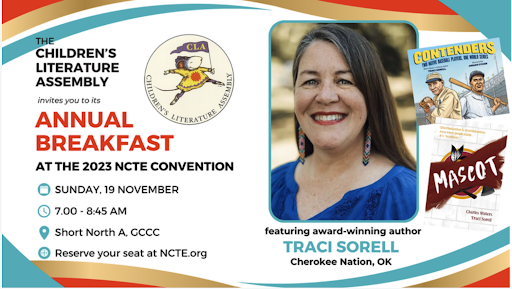




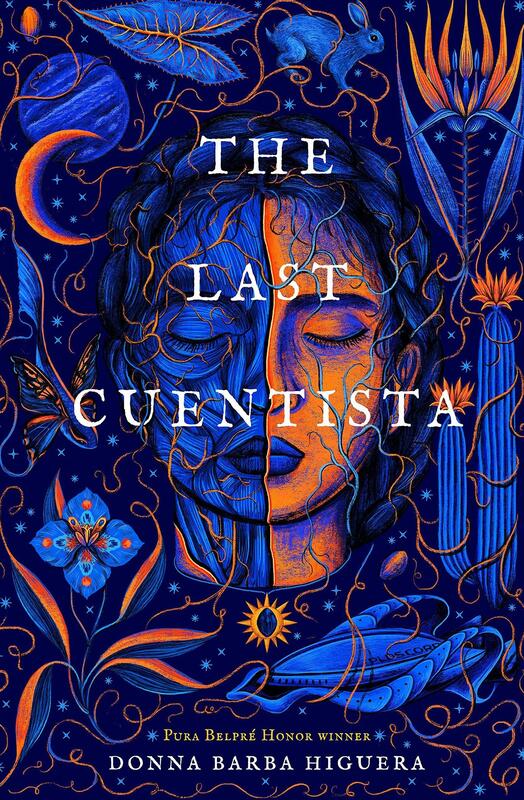
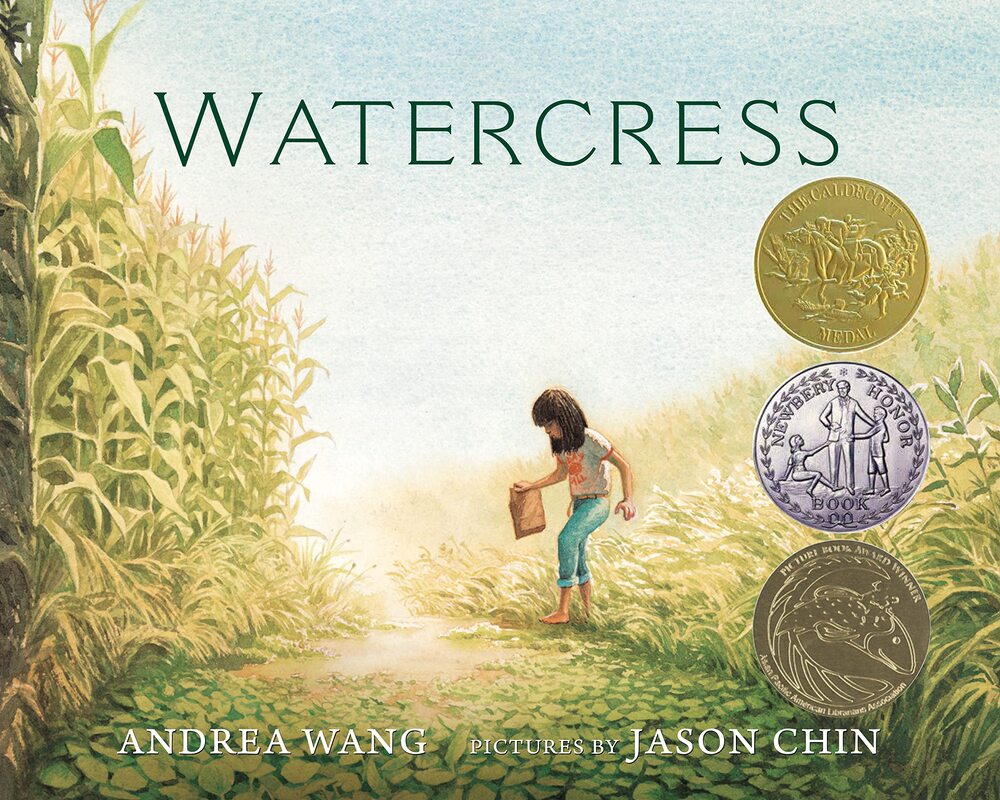
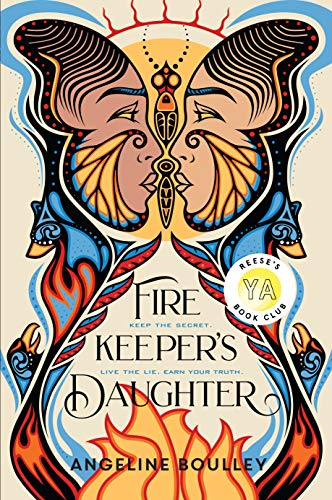
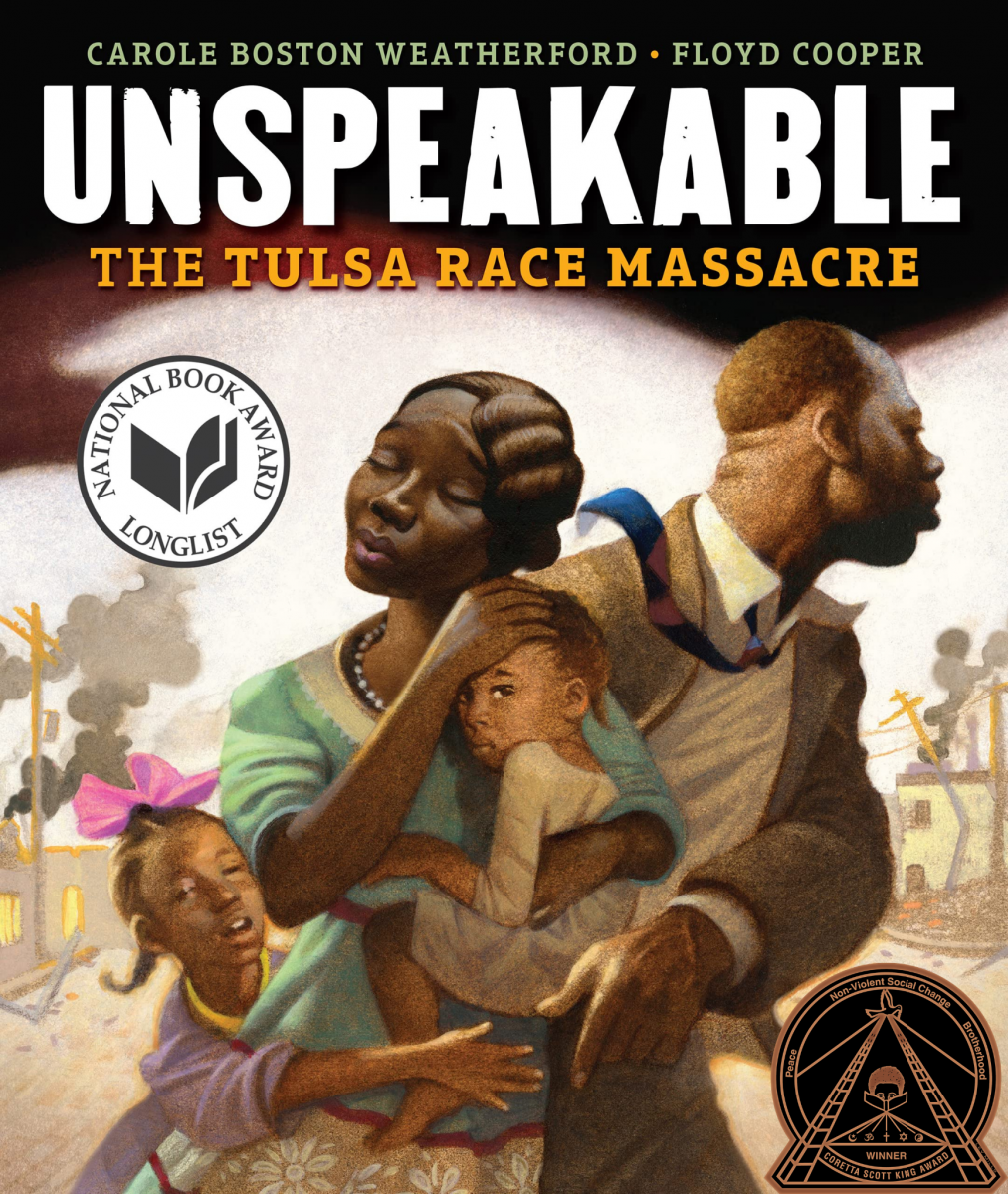
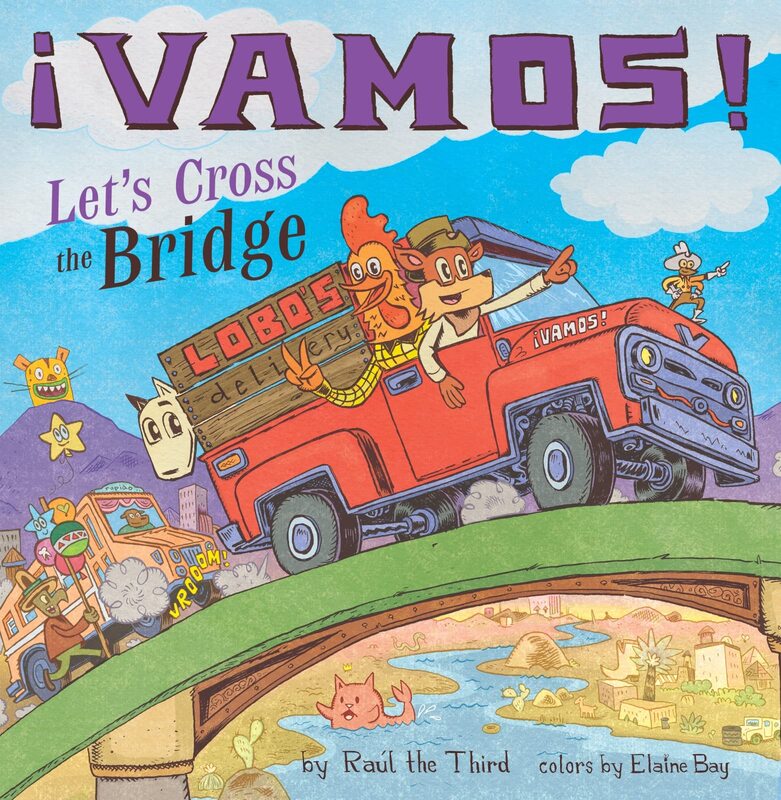
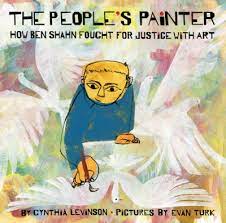
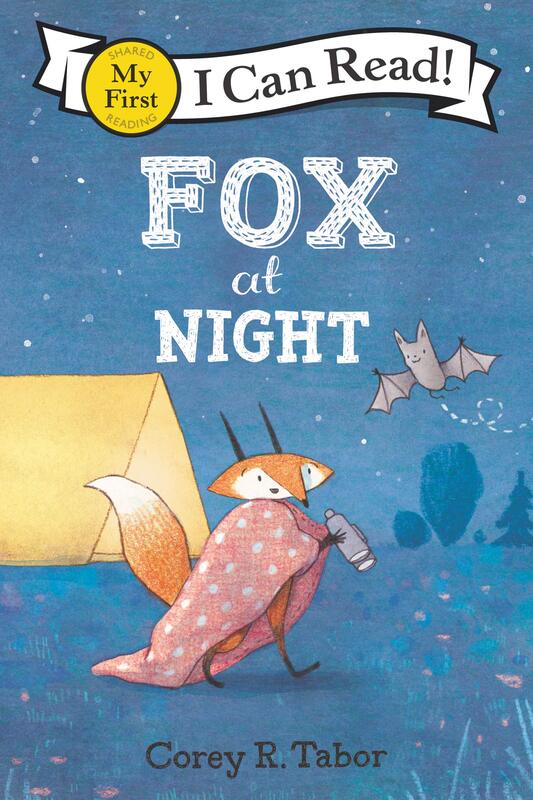
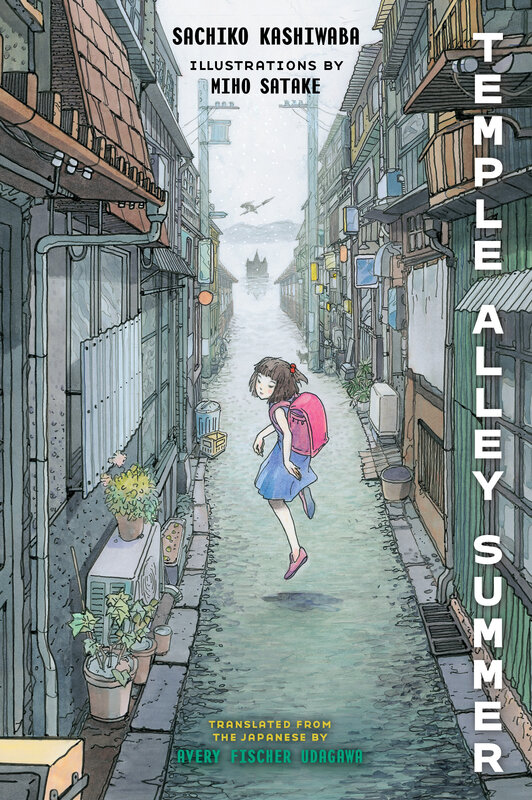
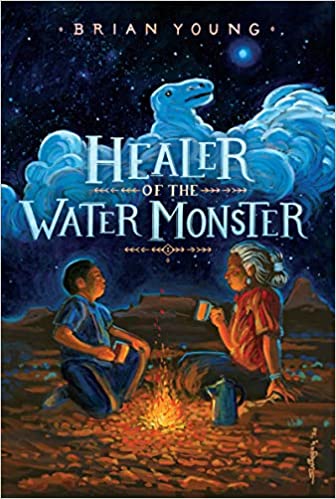

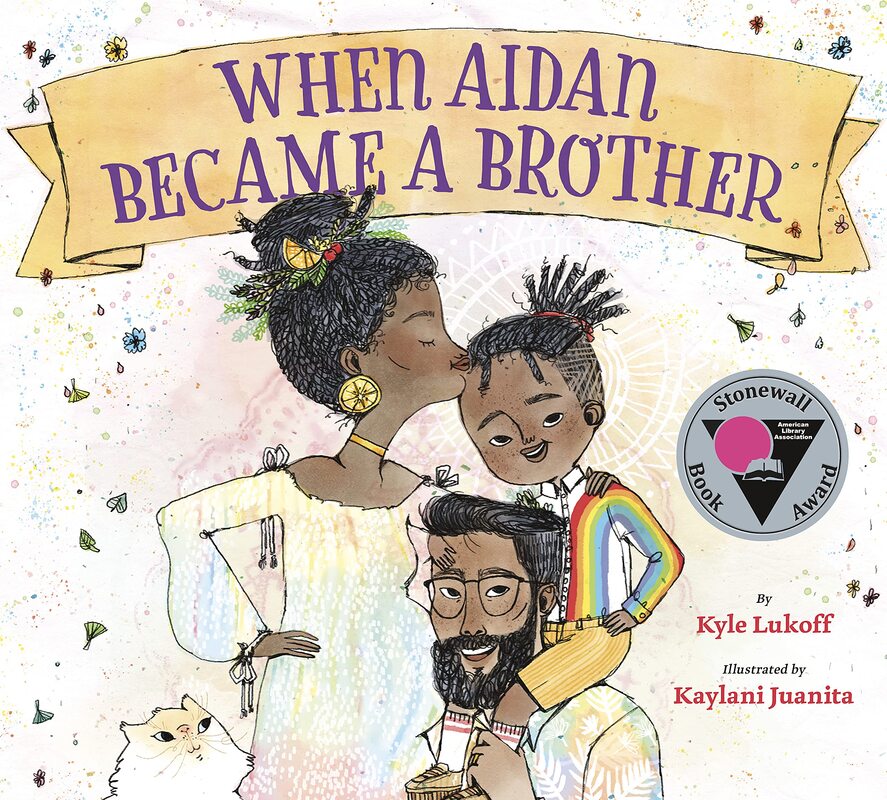



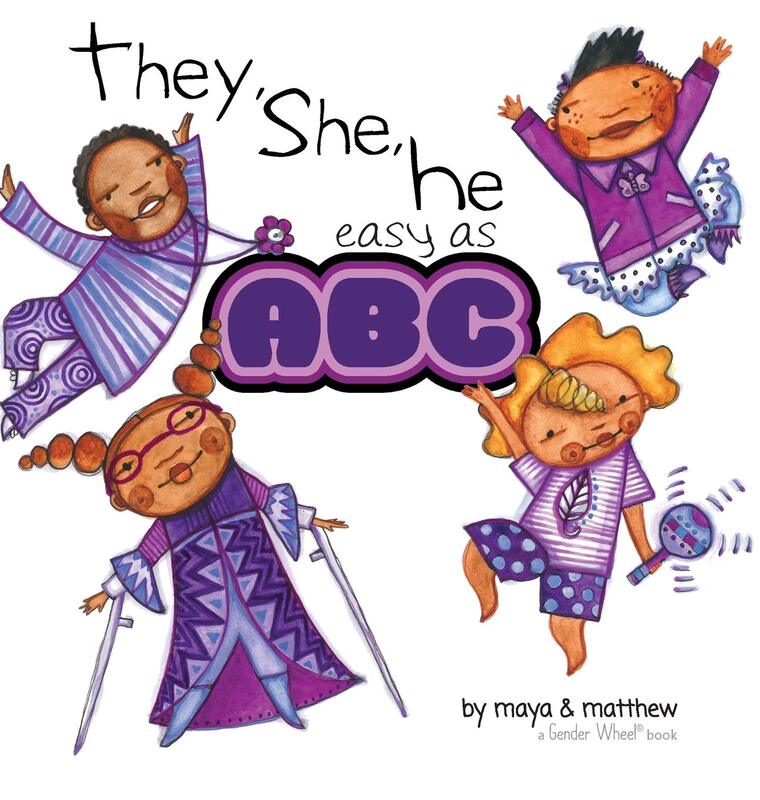


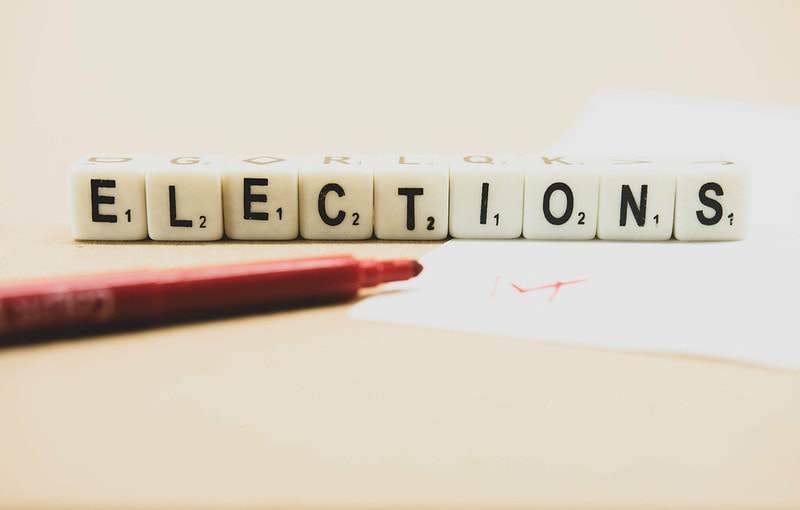

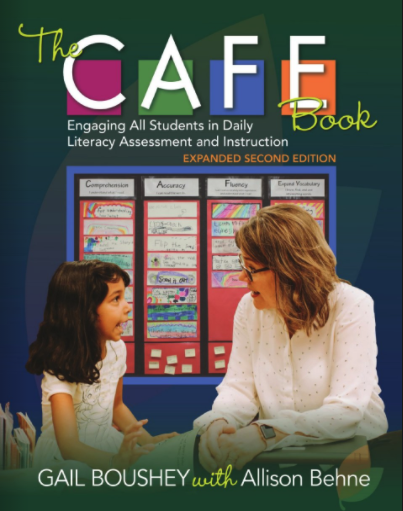
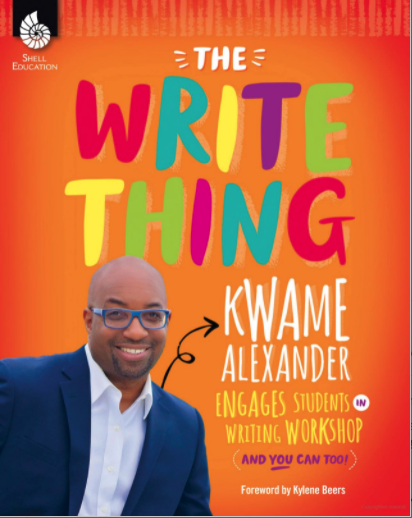
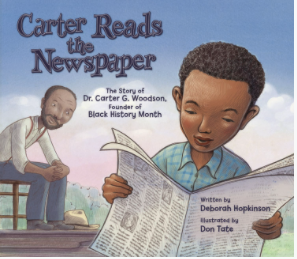
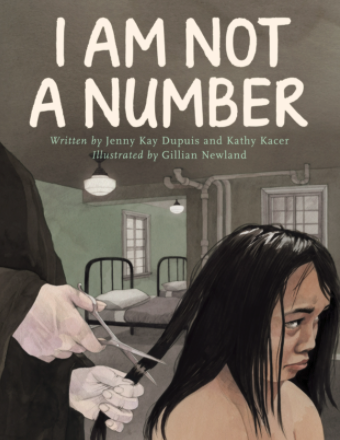
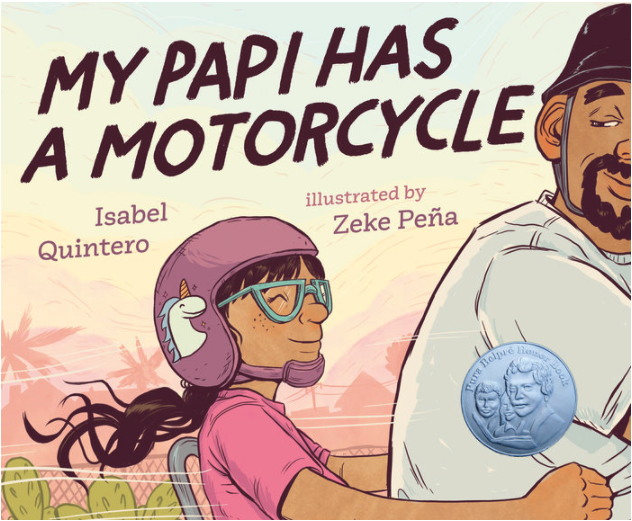
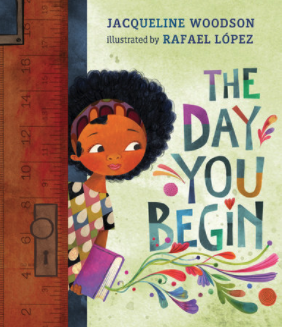
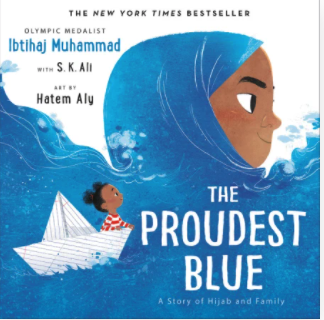
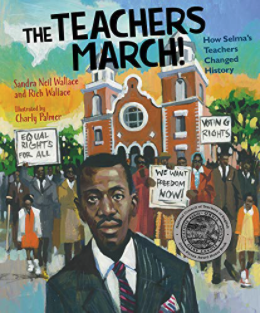
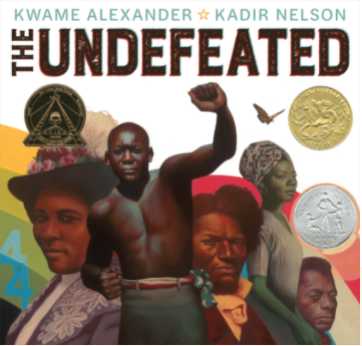
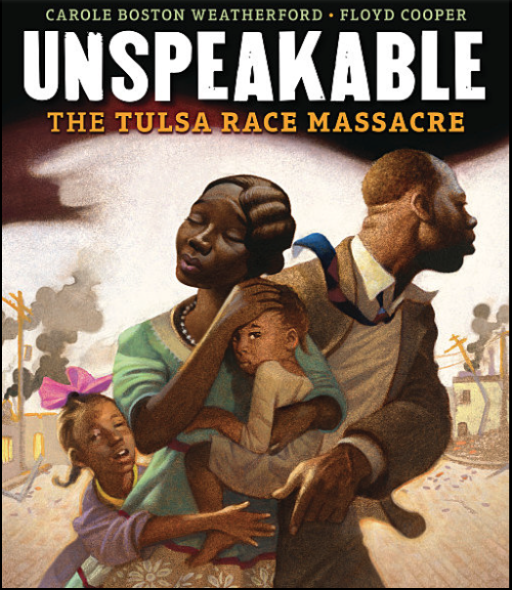
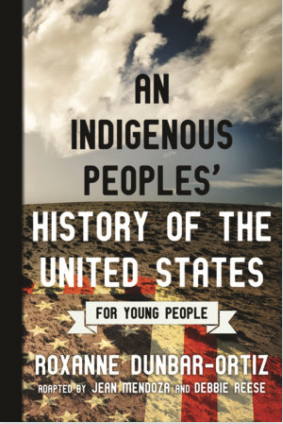
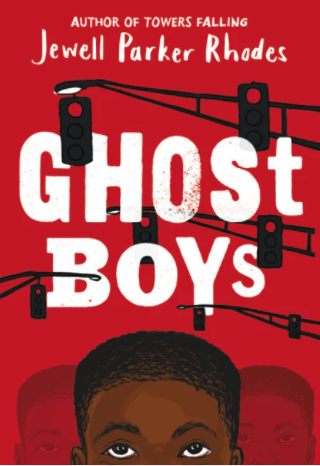
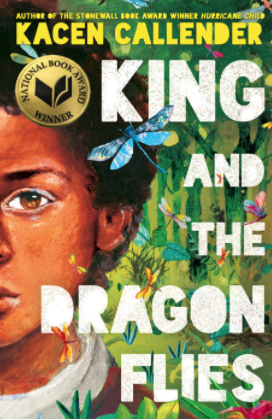

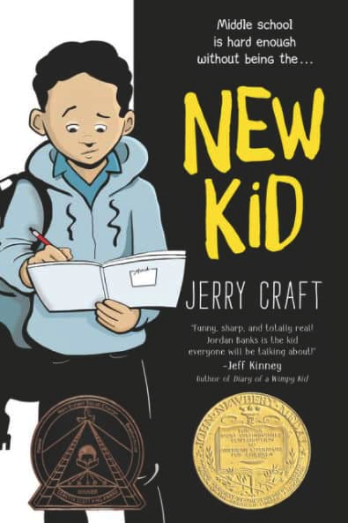
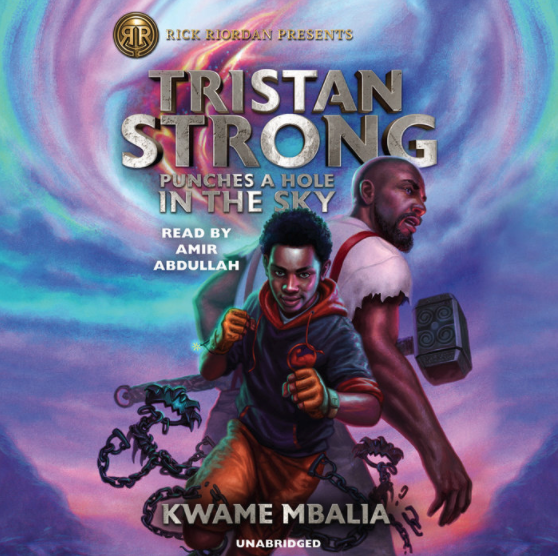

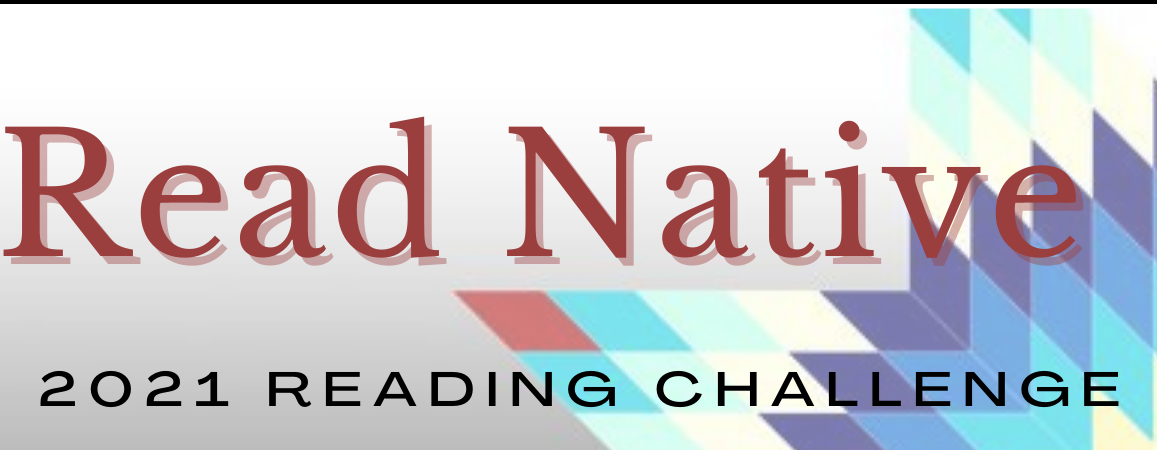
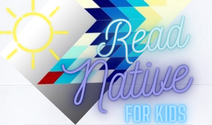
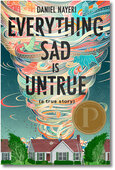
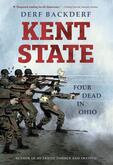
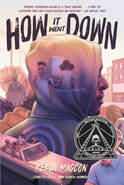
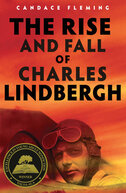
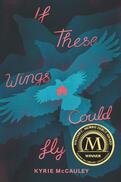
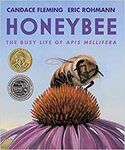
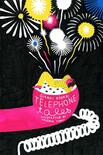
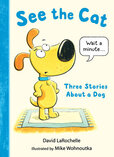
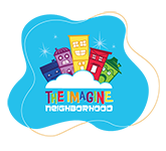
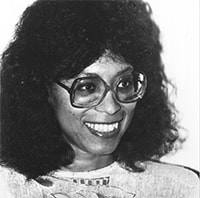
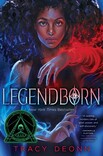
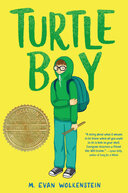
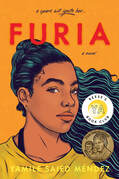
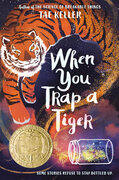
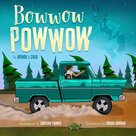
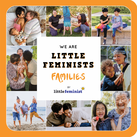
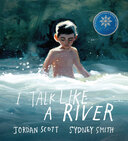
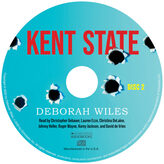

 RSS Feed
RSS Feed